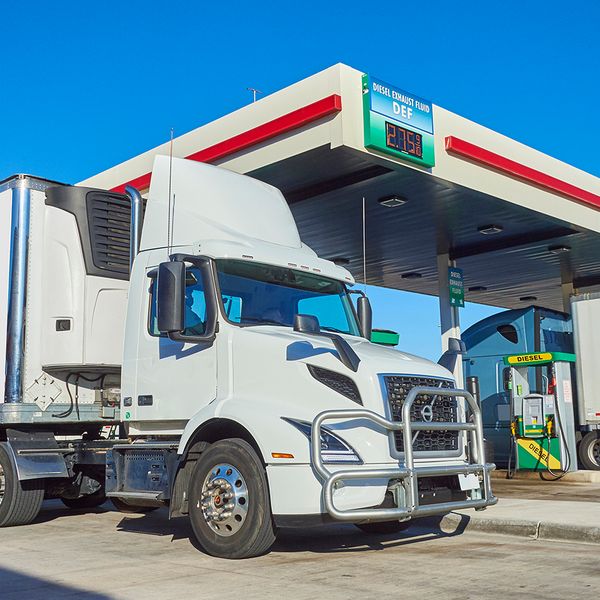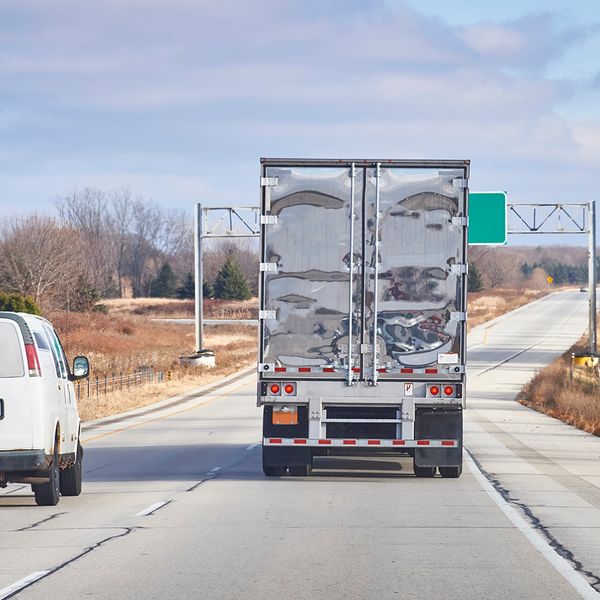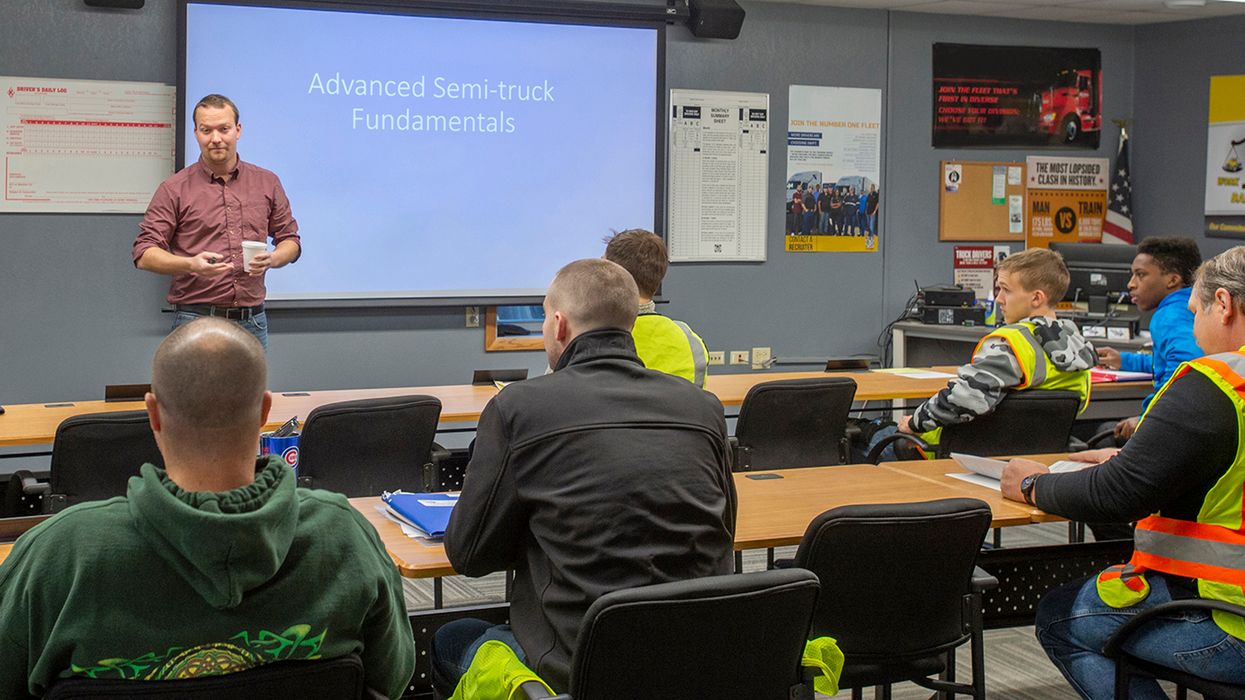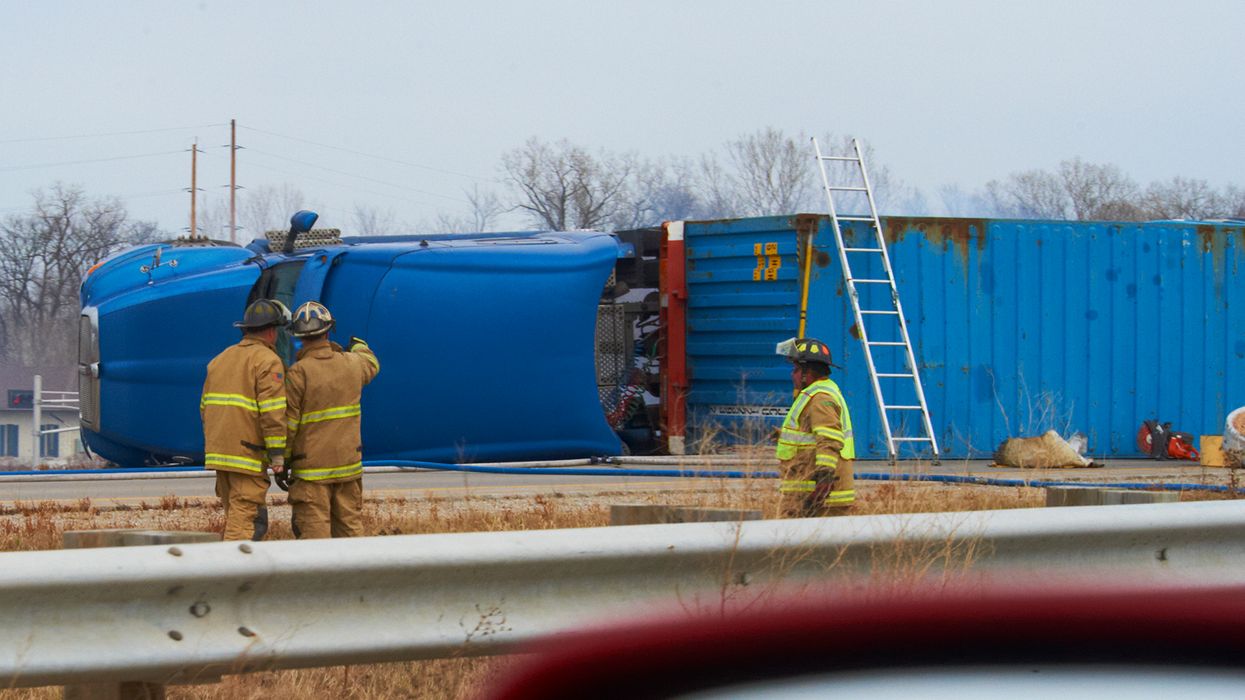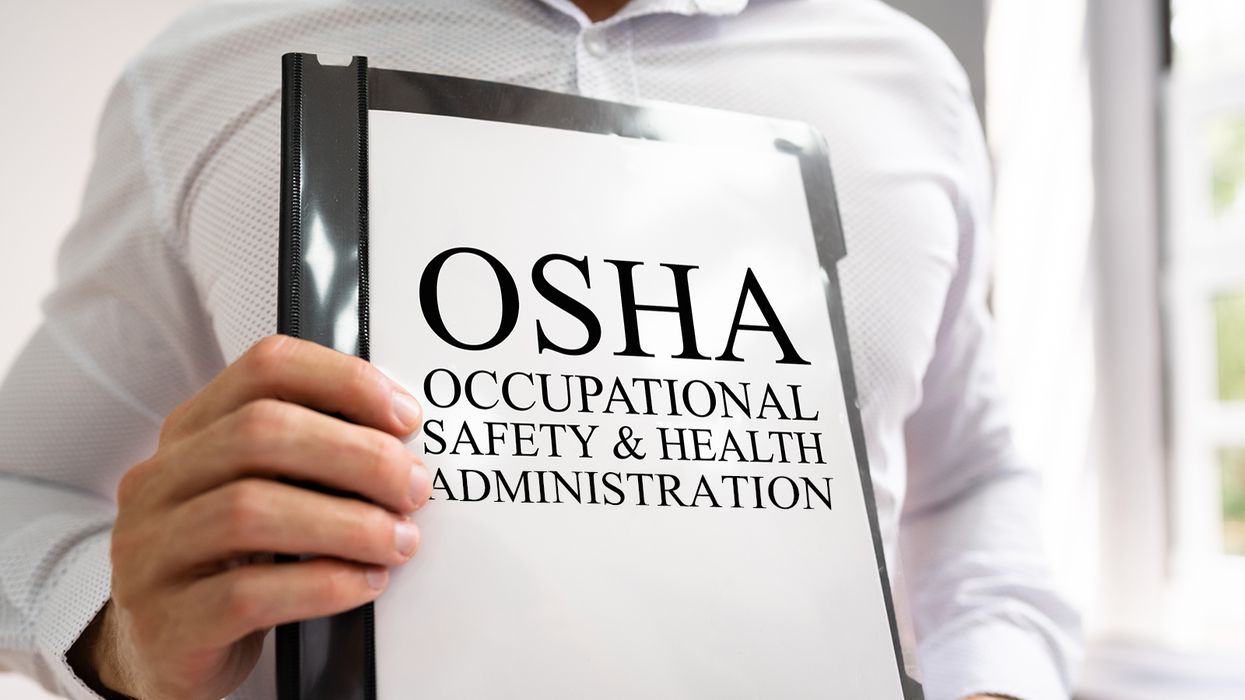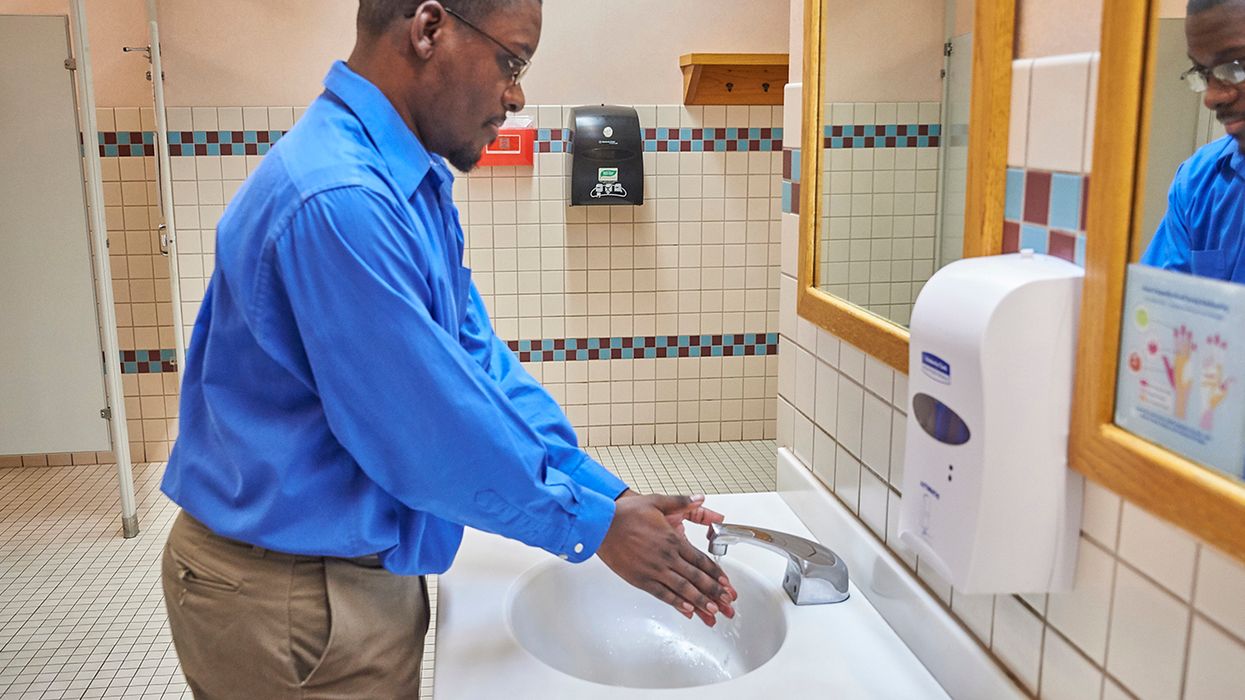‘Personal conveyance’ violations: 17,000 and counting
Since its inception as a distinct roadside violation, inspectors have cited drivers nearly 17,000 times for improper use of the personal conveyance (PC) provision.
The PC violation, cited as “395.8E1PC,” came into being in late August 2021 as a distinct type of log falsification. As of April 2023, it had been cited 16,900 times.
Violations net 7 CSA points
In the Compliance, Safety, Accountability (CSA) scoring system, the violation carries seven points, the same as any other violation for falsifying a log.
The hours-of-service regulations themselves do not mention personal conveyance, and those rules have not changed. The relatively new way to cite a PC violation, however, helps the FMCSA quantify how many drivers are abusing the PC exception.
The agency does not require officers to use the new citation, so some may still lump PC violations under 395.8(e), the catch-all rule for log falsification (and the third most common driver violation of 2022).
What is PC?
When used properly, the PC exception allows drivers to log commercial vehicle driving time as off duty. Such off-duty driving is allowed only for personal reasons, such as to commute to or from work or to get to a restaurant or grocery store.
To use a vehicle for personal conveyance, the driver:
- Must be relieved from work and all responsibility for performing work,
- Must not be too ill or fatigued to drive safely, and
- Must ensure that the movement will not benefit the company in any way.
Acceptable as PC:
- Driving from an en-route lodging (e.g., motel or truck stop) to and from restaurants, entertainment facilities, stores, etc., for personal reasons.
- Commuting between home and a terminal or a trailer drop lot.
- Driving to the first reasonably available and safe location to get required rest after running out of hours while loading or unloading and ordered to move the vehicle.
- Moving a vehicle at the request of a safety official during the driver’s off-duty time.
- Transporting personal property while off duty.
- Driving home from a remote jobsite or “base camp” where the driver was stationed for a period of time (such as when working for a construction or utility company).
Not acceptable as PC:
- Driving to a company terminal, the normal work-reporting location, or home after loading or unloading at a shipper or receiver.
- Driving that “enhances the operational readiness” of the company, such as by skipping an available rest area to get closer to the next work destination.
- Driving to or from a facility for maintenance or to get fuel.
- Continuing a trip to fulfill a business purpose, such as bobtailing or pulling an empty trailer to retrieve another load or repositioning a tractor or trailer at the company’s direction.
- After delivering a trailer, returning to the point of origin under the direction of the company to pick up another trailer.
- Driving to get rest after being placed out of service for exceeding the hours-of-service limits, unless told to do so by an enforcement officer.
Key to remember: Thousands of drivers are being cited for violating the personal-conveyance provision, so make sure your drivers know what’s acceptable when it comes to personal use of a commercial vehicle.







